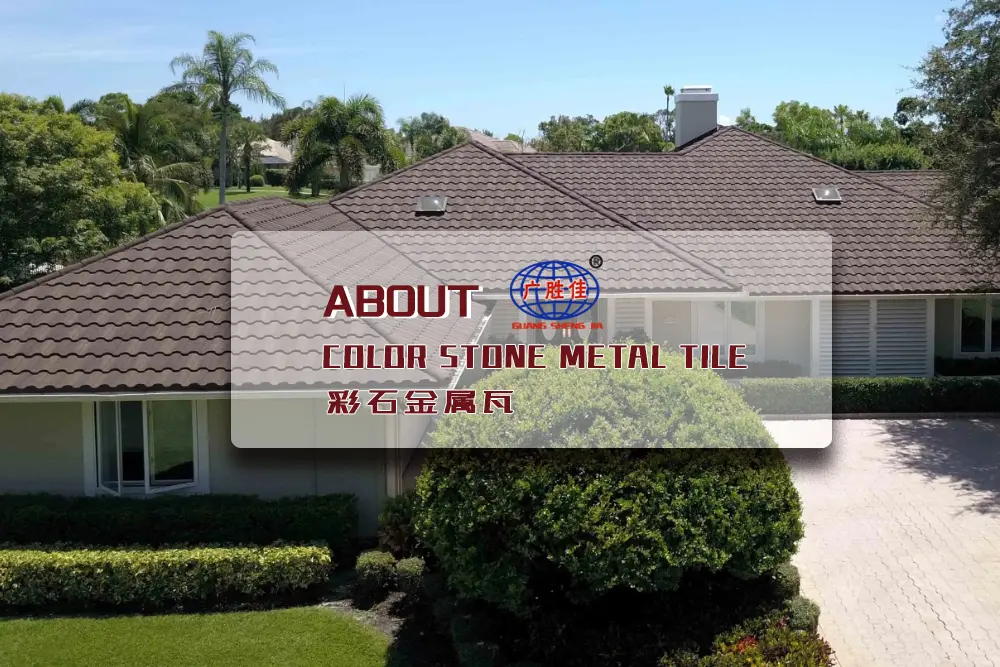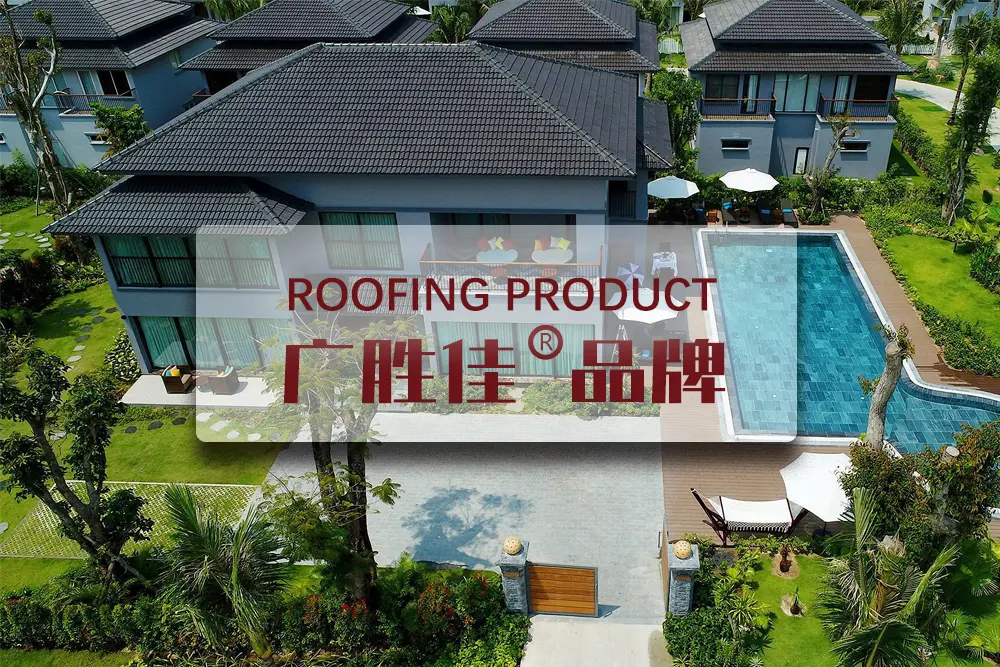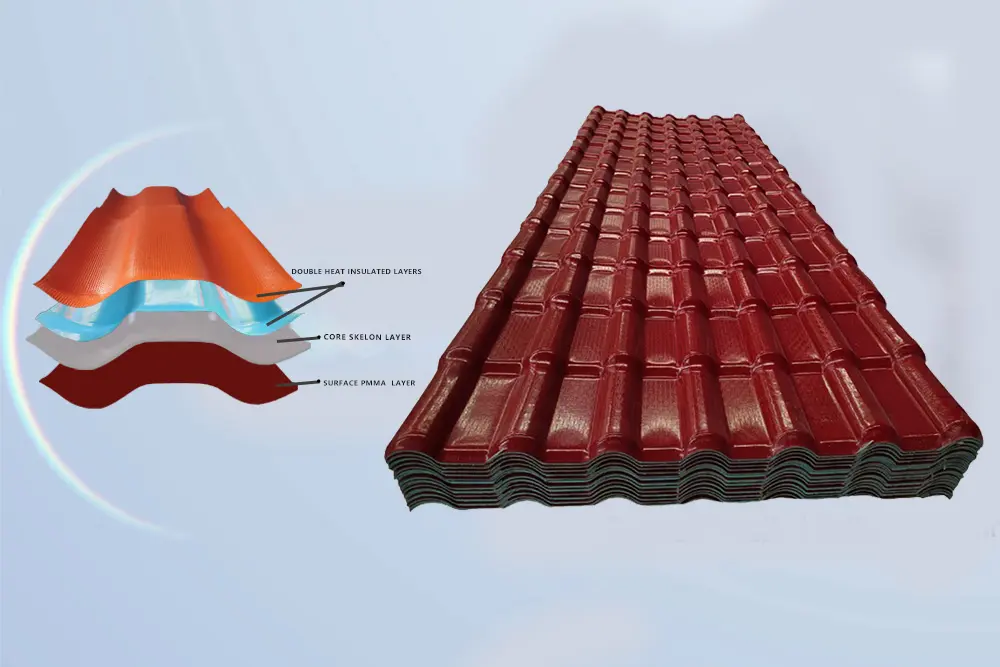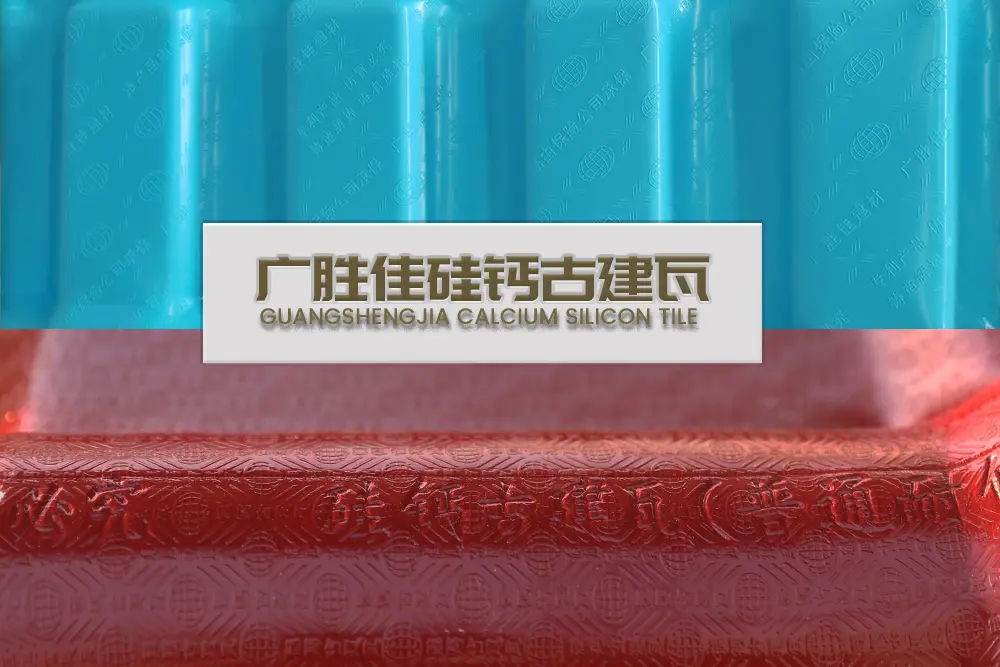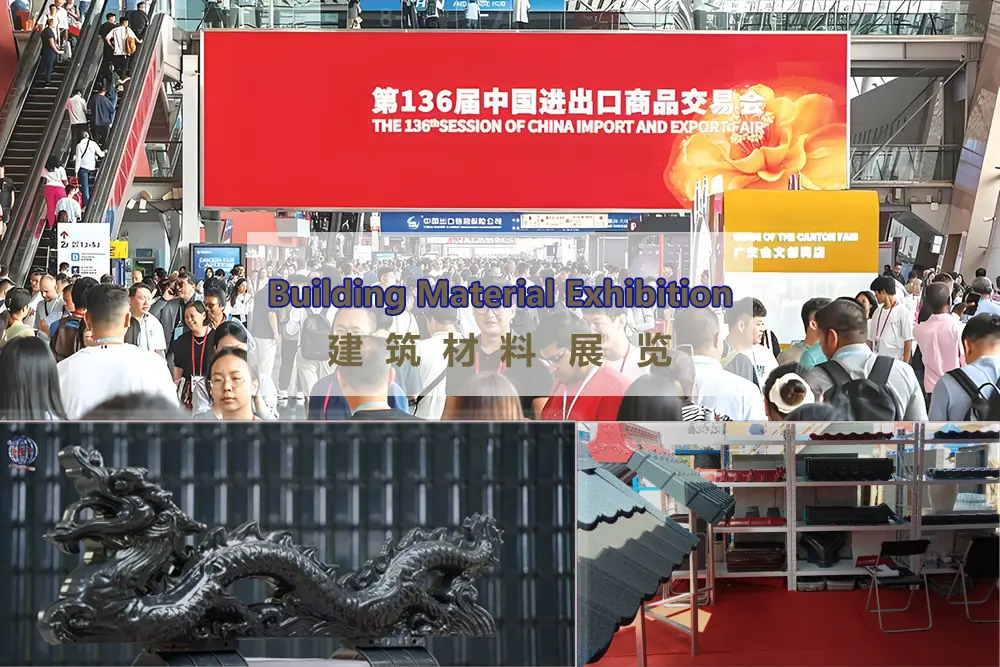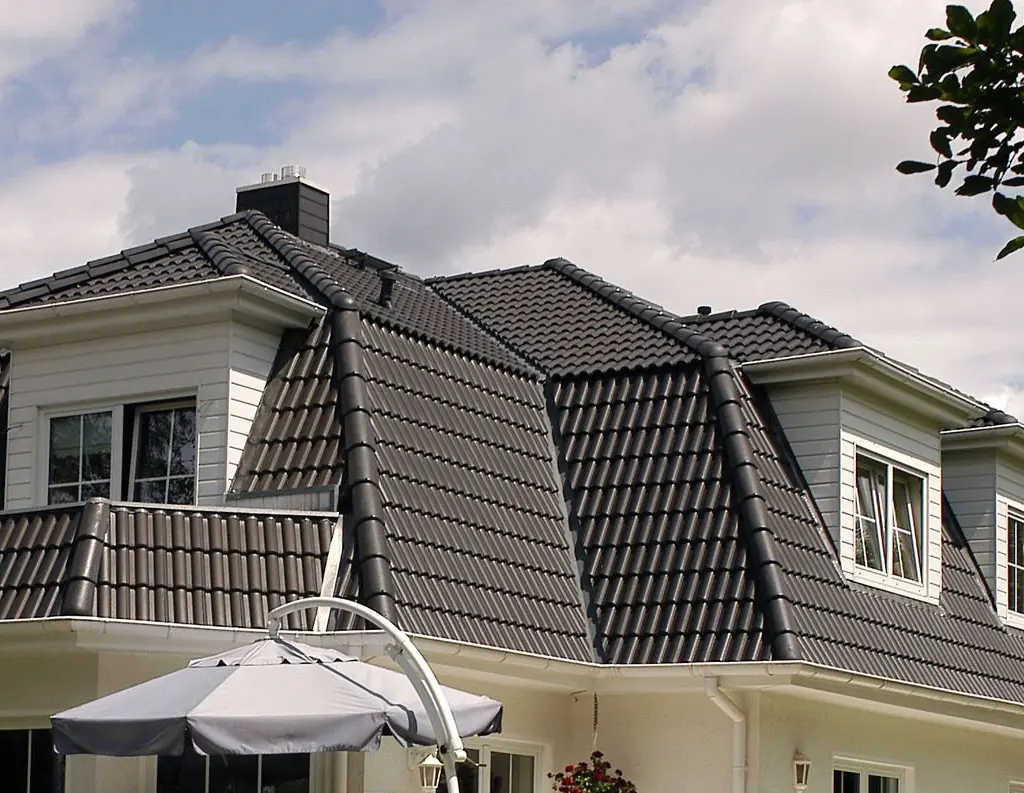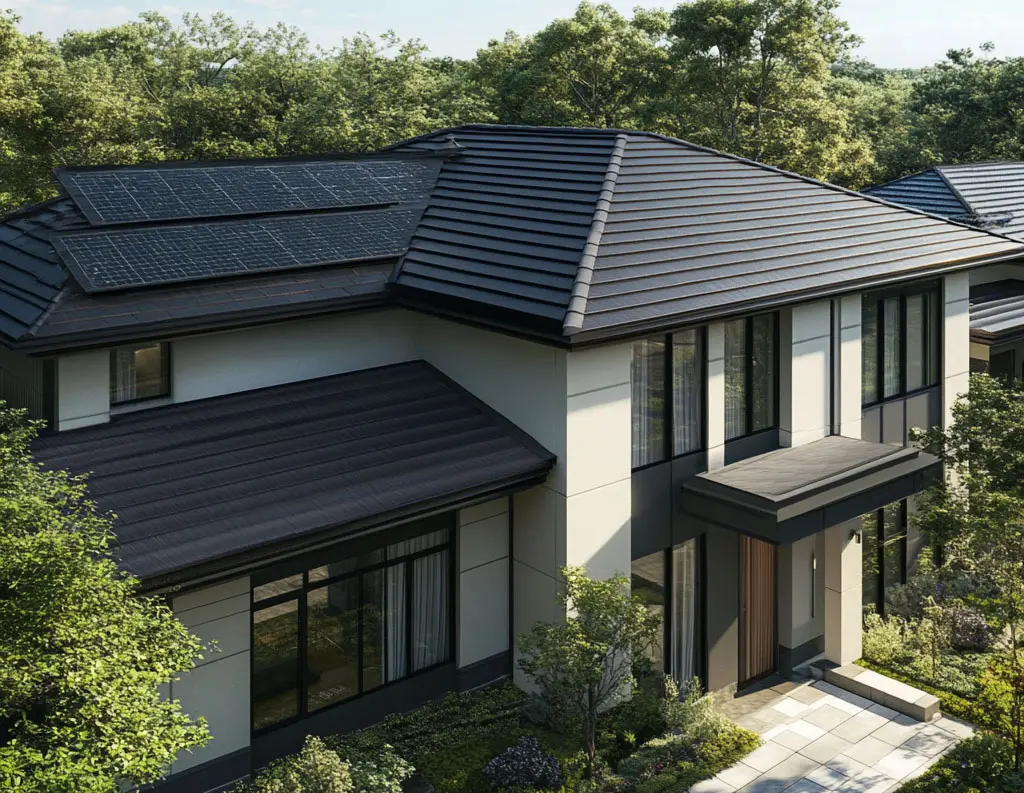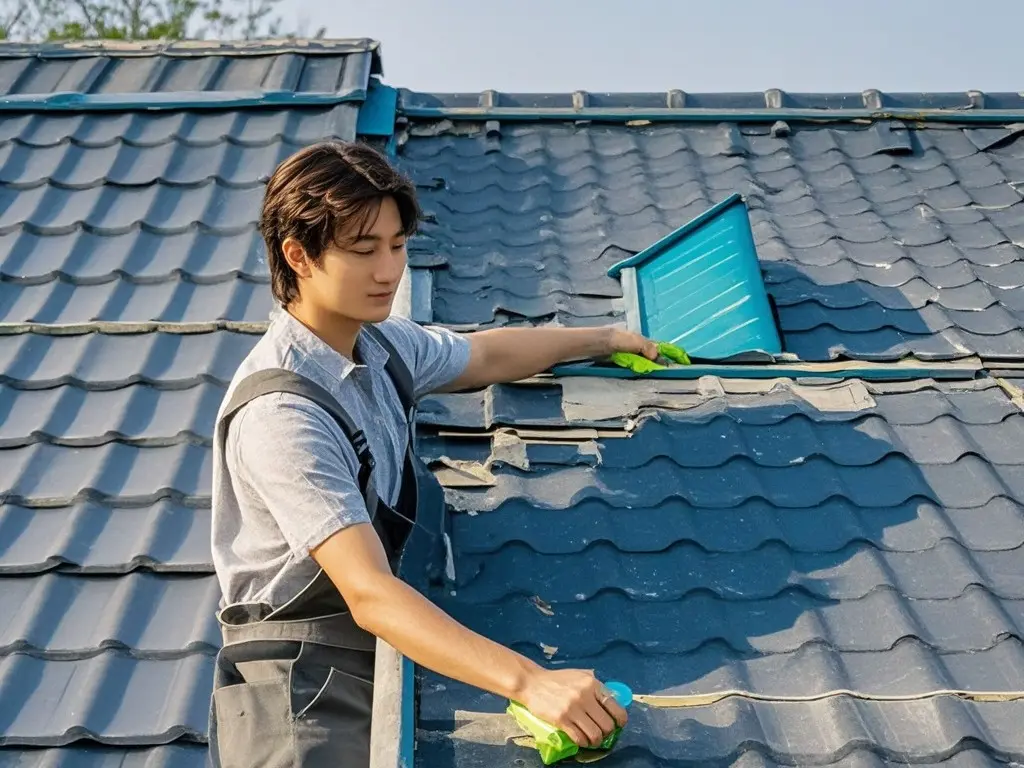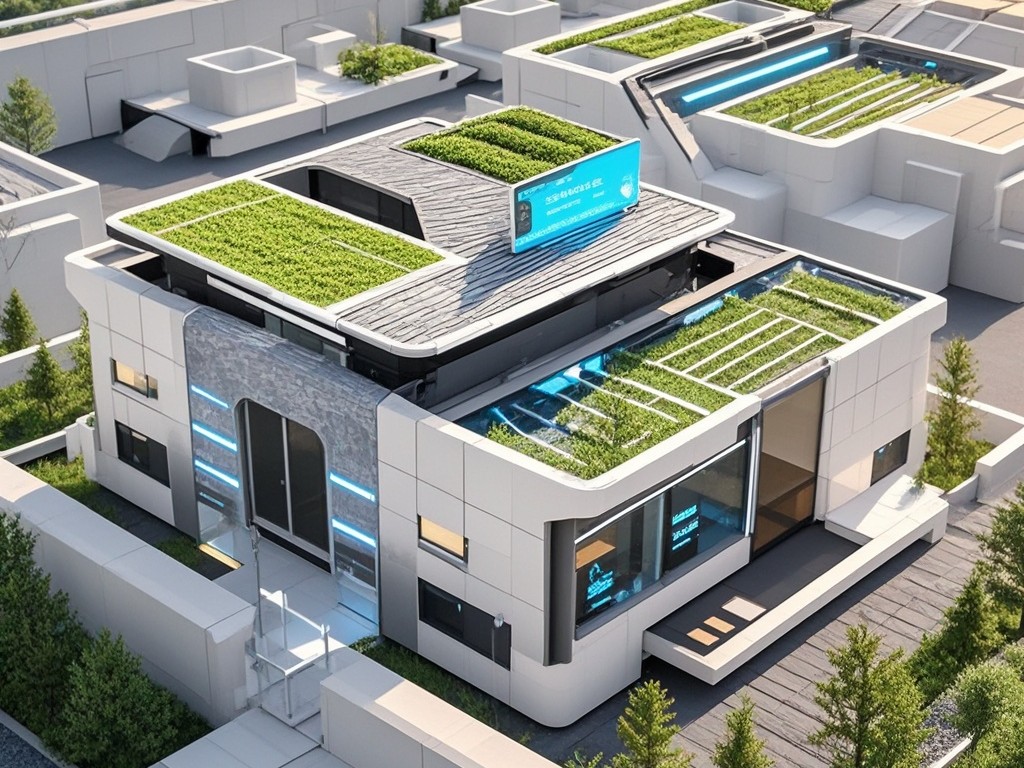Roofing Tile industry Comprehensive Market Research Report
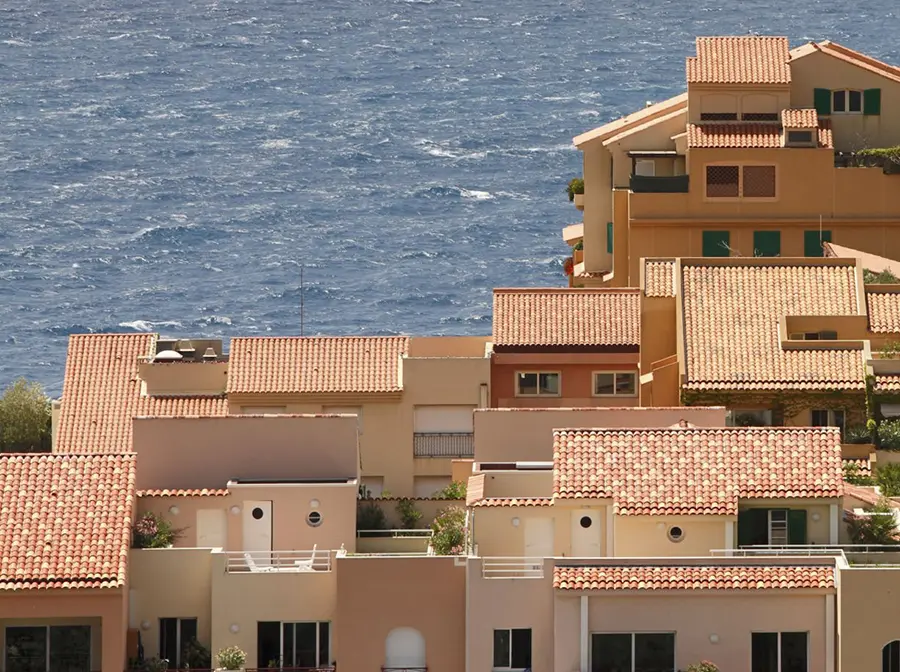
1. Industry Overview
As a key material for building roofs, roof tiles mainly play the role of wind and rain protection, thermal insulation, and decoration. There are many types of roof tiles, including traditional clay tiles, cement tiles, and modern metal tiles, resin tiles, glazed tiles, solar tiles, etc. These different types of roof tiles differ in material, performance, price and application scenarios, meeting the diversified needs of various types of construction projects.
2. Market size and growth trend
With the continuous development of the global construction industry, the market size of roof tiles has shown a steady growth trend. In the fields of residential construction, commercial buildings, industrial plants, etc., the demand for roof tiles continues to be strong. Especially in emerging economies, the urbanization process has accelerated and infrastructure construction has been carried out on a large scale, which has brought a broad market space for the roof tile industry. At the same time, the increase in renovation and reconstruction projects of old building roofs has further promoted the growth of market demand. According to market research institutions, the roof tile market will maintain a very stable annual growth rate in the next few years.
3. Competition pattern
At present, the roof tile industry is highly competitive, with a large number of companies and a wide distribution. There are large multinational companies in the industry, which occupy a large market share with their strong brand influence, advanced technology research and development capabilities and extensive market channels; there are also many small and medium-sized enterprises, which focus on specific regional markets or segmented product areas and seek survival and development through differentiated competition.
IV. Product classification and characteristics
1. Clay tiles: with a long history, good water absorption and air permeability, natural and simple color, but heavy texture, fragile, and the production process may have a certain impact on the environment.
2. Cement tiles: high strength, good durability, relatively low cost, can be made into a variety of shapes and colors. However, it is heavy, not very convenient to install and transport, and its thermal insulation performance is average.
3. Metal tiles: such as color steel tiles, aluminum tiles, etc., have the advantages of light weight, high strength, corrosion resistance, easy installation, etc., and the metal material can be recycled and meets environmental protection requirements. It has rich decorative effects and can meet the needs of different architectural styles, but metal tiles are relatively weak in heat insulation and sound insulation, and the cost is relatively high.
4. Resin tiles: Synthetic resin tiles have the characteristics of light weight, bright colors, anti-aging, good thermal insulation performance, etc. At the same time, they have good sound insulation and noise reduction effects, are easy to install, not easy to fade and deform, and are suitable for all kinds of building roofs. However, the high temperature resistance of resin tiles is limited, and they may soften in high temperature environments.
5. Glazed tiles: They are mostly used for the restoration of ancient buildings and Chinese-style buildings. They have beautiful shapes and bright colors, and have high artistic value and decorativeness. The production process of glazed tiles is complicated, the cost is high, and the texture is brittle and fragile, and the installation technology requirements are high.
6. Solar tiles: Combining solar power generation technology with roof tiles, while meeting the function of building roofs, it can generate electricity and achieve energy self-sufficiency, with significant environmental protection and energy-saving benefits. However, the initial investment cost of solar tiles is high, and the power generation efficiency is greatly affected by factors such as lighting conditions.
V. Market demand analysis
1. Demand differences between building types: Residential buildings focus on aesthetics, economy and practicality for roof tiles, and mostly use cement tiles, resin tiles, clay tiles, etc.; commercial buildings and public buildings prefer metal tiles, glazed tiles and other products with high decorativeness and durability to enhance the overall image of the building; industrial plants often use metal tiles, color steel plate tiles, etc. due to cost and practicality considerations.
2. Regional demand characteristics: Different regions have different demands for roof tiles due to climate, culture, architectural style and other factors. For example, in the rainy southern regions, the waterproof performance of roof tiles is required to be higher; the cold northern regions pay more attention to thermal insulation performance; and in some places with unique regional culture, such as Jiangnan Water Town and Yunnan Ancient Town, traditional clay tiles and glazed tiles are more popular.
3. Influence of consumer preferences: Changes in consumers' aesthetic concepts of building appearance and enhanced awareness of energy conservation and environmental protection have promoted the development of roof tile products in the direction of beauty, environmental protection and energy conservation. Roof tile products with personalized design, good thermal insulation performance and recyclability are increasingly favored by the market.
VI. Development Trend
1. Environmental protection and sustainable development: With the increasingly stringent environmental protection laws and regulations and the improvement of social environmental awareness, the roof tile industry will pay more attention to the environmental protection of raw materials and the sustainable development of products. Developing and utilizing renewable resources, reducing environmental pollution in the production process, and improving the service life and recycling rate of products will become important directions for the development of the industry.
2. Technological innovation and product upgrades: Enterprises will increase investment in technological research and development and continuously launch new roof tile products. For example, developing higher-performance thermal insulation materials to improve the energy-saving effect of roof tiles; improving production processes to reduce product costs; developing intelligent roof tile systems to achieve real-time monitoring and intelligent control of building roofs.
3. Personalized and customized services: Consumers have an increasing demand for personalized building roofs, and roof tile companies will provide customized products and services according to the needs of different customers. Personalized design and production of roof tiles are carried out from the color, shape, size to functional characteristics to meet the diverse architectural design styles and special needs of customers.
4. Integrated development: The roofing tile industry will integrate with other fields of the construction industry and new energy industries. For example, it will deeply integrate with the solar energy industry to further improve the power generation efficiency and stability of solar tiles and promote the integrated application of building photovoltaics; it will develop in coordination with building waterproofing, thermal insulation and other fields to create an integrated roofing system solution and improve the overall performance of building roofs.



